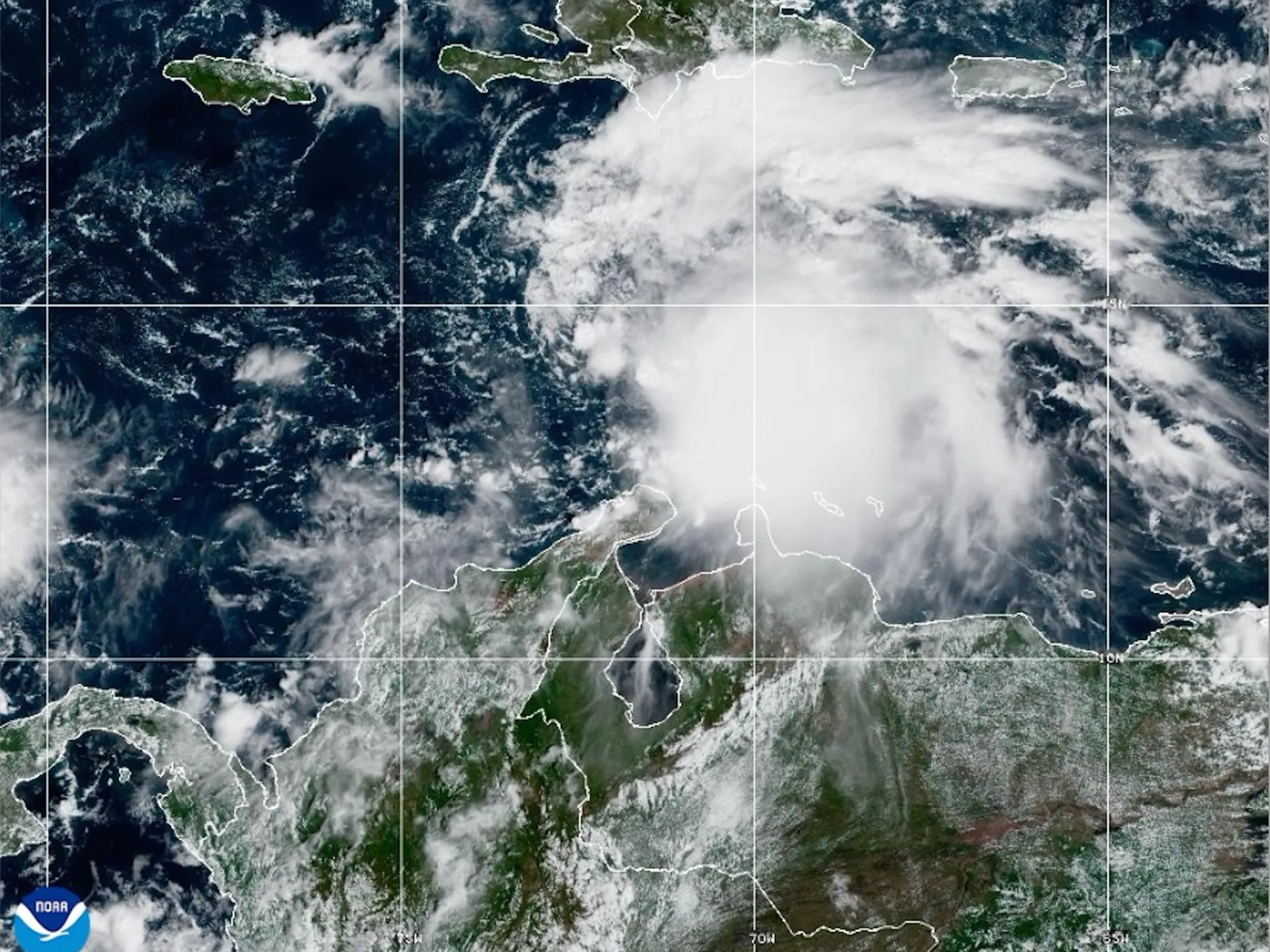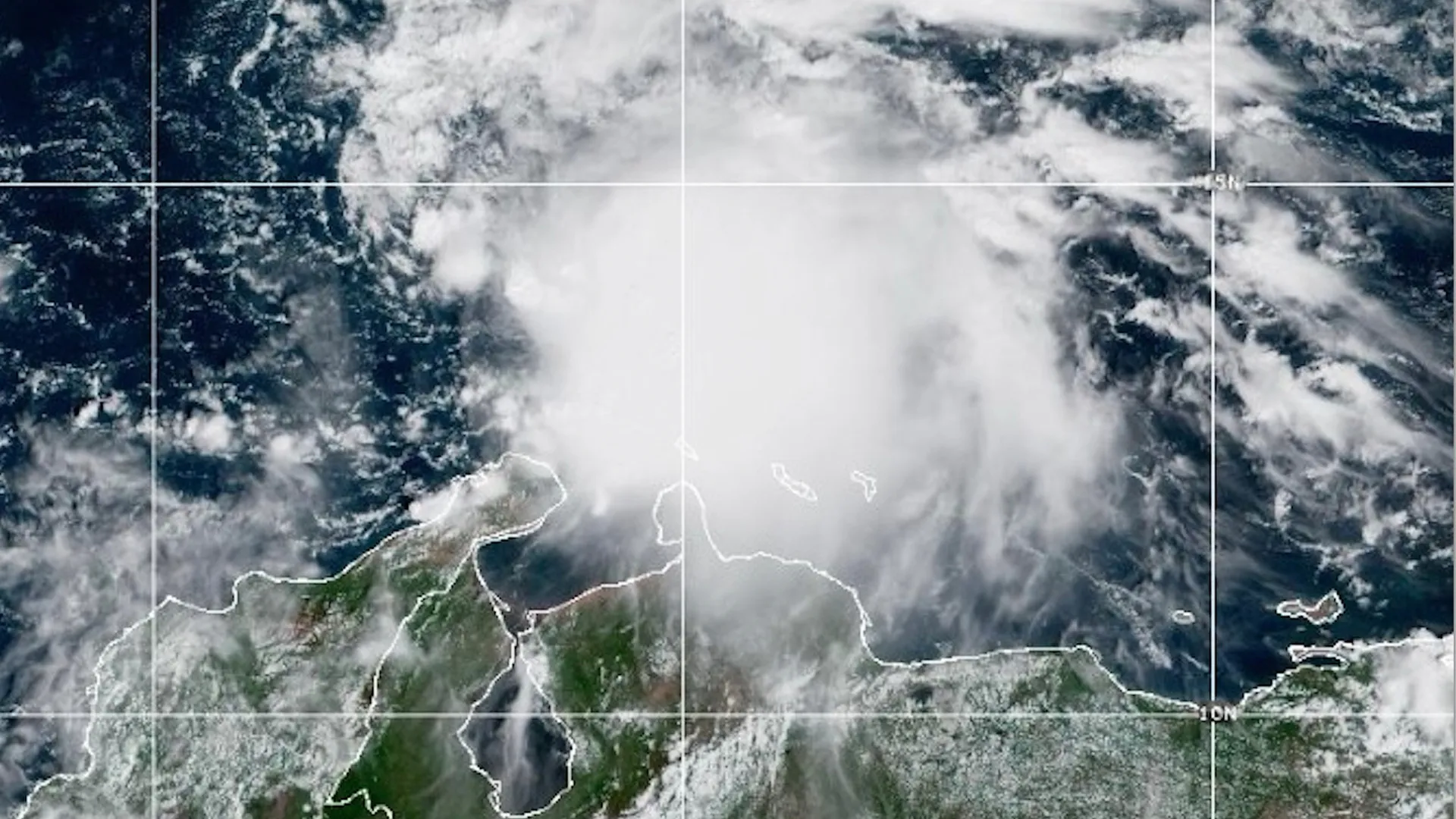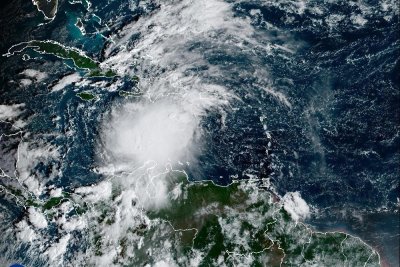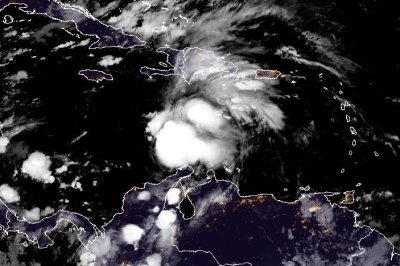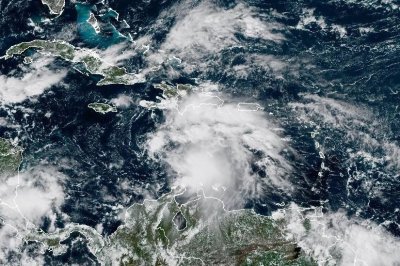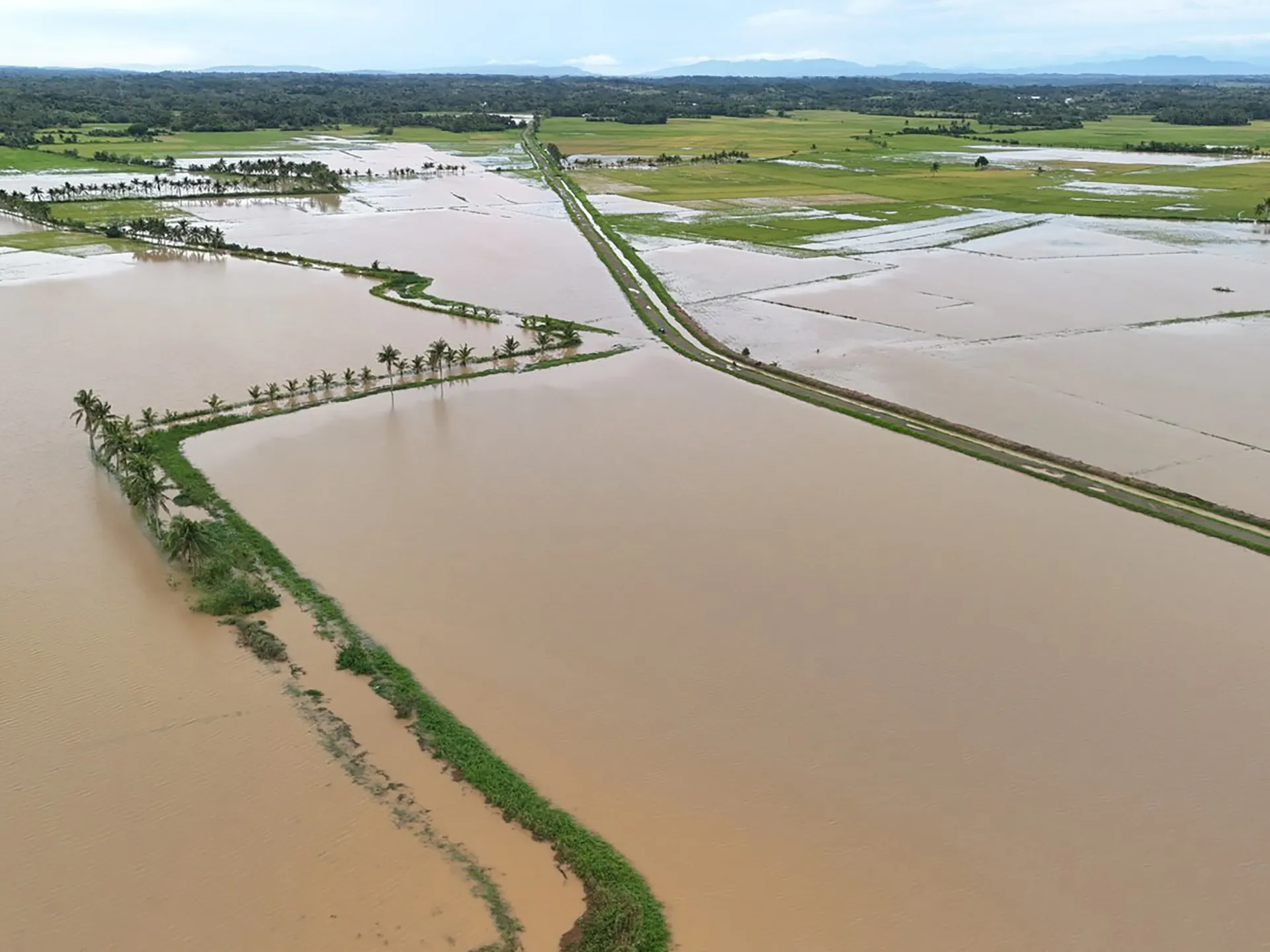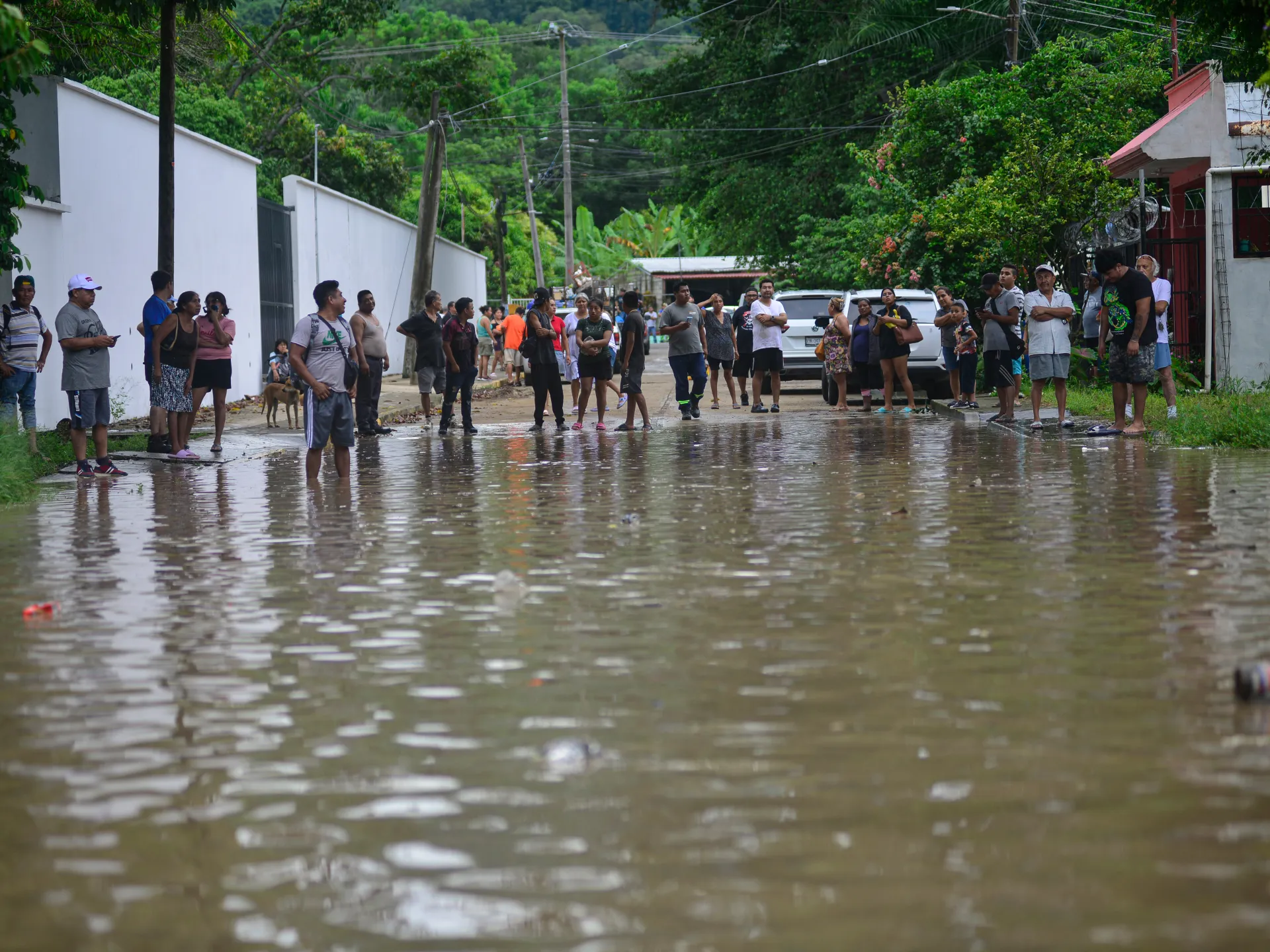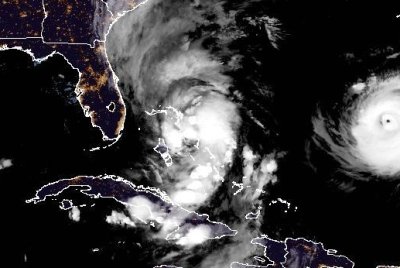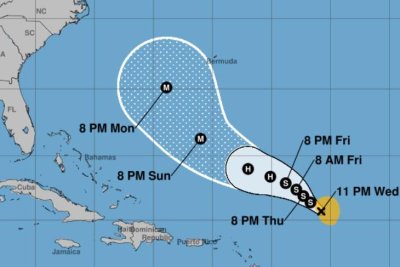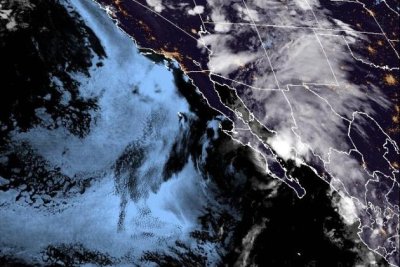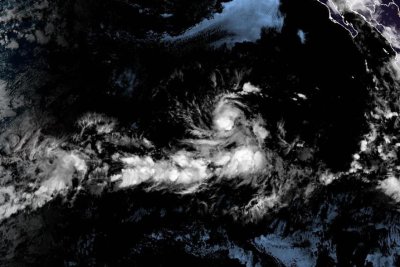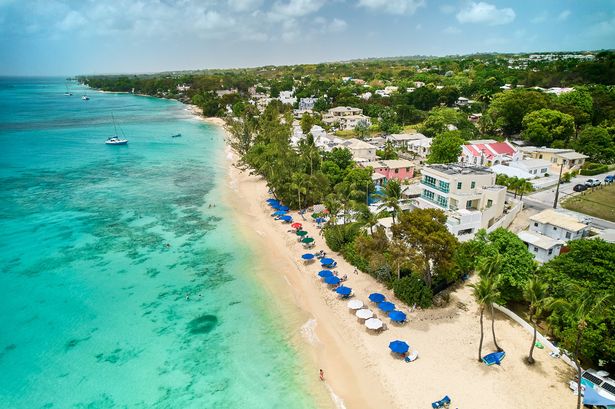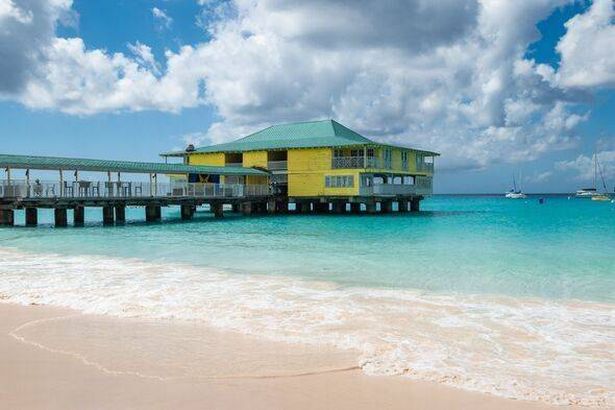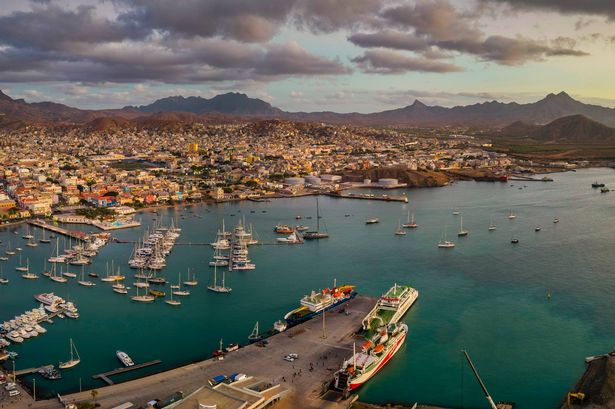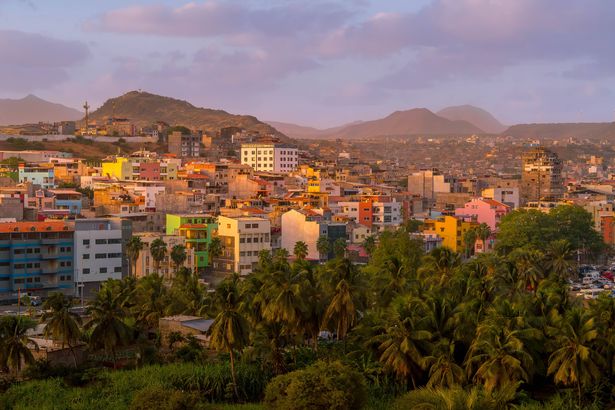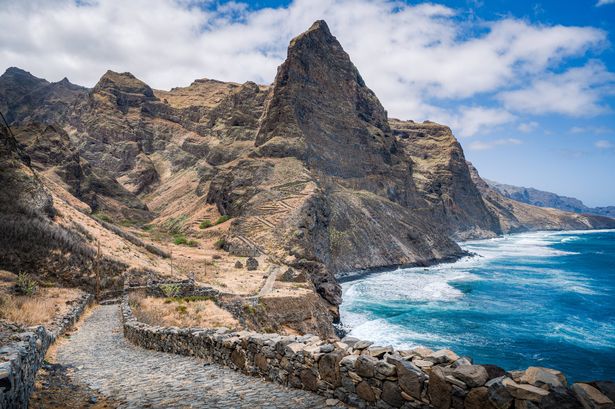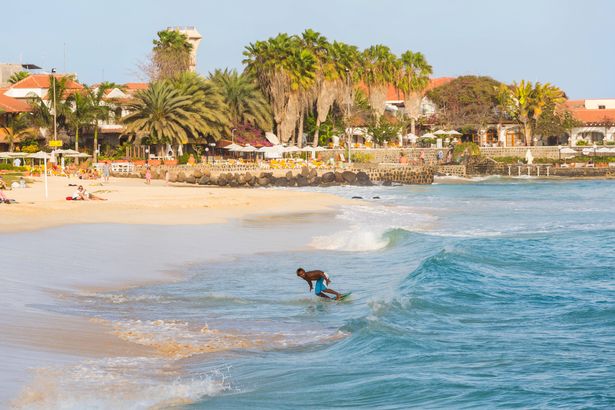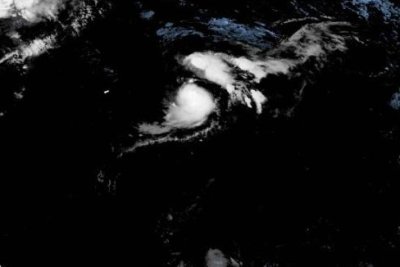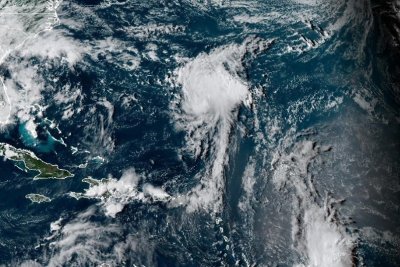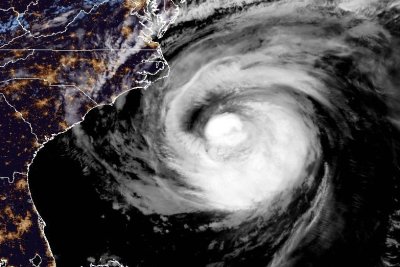The Caribbean is a region of the Americas that consists of the Caribbean Sea, its islands and the surrounding coasts. It is located South-East of the Gulf of Mexico and the North American mainland, east of Central America, and north of South America.
The Caribbean is a treasure trove of cultural gems, offering a unique charm that’s hard to find elsewhere. Indeed, the vibrant culture of the Caribbean is its biggest draw, showcasing a mix of architectural wonders, colourful festivities, and historical treasures.
It’s a dream destination for those seeking a tranquil getaway, with pristine white sandy beaches and a tropical climate.
Tourism is a key pillar in the economies of all Caribbean islands, which welcome visitors with open arms. One island, in particular, has won over many British holidaymakers, offering the ultimate tropical retreat.
Barbados, an eastern Caribbean island neighbouring Saint Lucia, the Grenadines, Trinidad and Tobago, and Saint Vincent, is considered one of the safest islands in the region.
This popular cruise ship port is also famed as a foodie paradise, with delicious food and rum at the heart of its culture, reports the Express.
In fact, several annual Food and Rum Festivals are held here, attracting visitors who return year after year to enjoy its delights.
With direct flights from London and an average temperature of 29C in September, Barbados is the perfect autumnal escape.
Surrounded by coral reefs, the island’s crystal-clear waters are warm and invigorating, and the mostly flat terrain is ideal for leisurely strolls to soak up the tropical atmosphere.
The region boasts delightful temperatures all year round, seldom going above 30C or below 22C.
Navigating the island is a doddle, with a top-notch road network and an international airport situated near the southern coast.
Barbados is an outdoor lover’s dream, featuring mountains, rainforests, beaches and coral reefs.
The area is famed for its sugarcane fields, tropical trees and rich wildlife.
Don’t be surprised if you come across dolphins, monkeys, mongooses, barracudas, and even flying fish during your journey.
The national dish of Barbados is Cou Cou and fried flying fish, with pudding and souse also being popular choices.
No Caribbean holiday would be complete without a refreshing rum punch, a favourite among locals and tourists alike.
With a plethora of activities on offer, including swimming with turtles, catamaran cruising, monkey feeding, rum tours and kayaking, this island retreat promises to rejuvenate and refresh any weary traveller.





